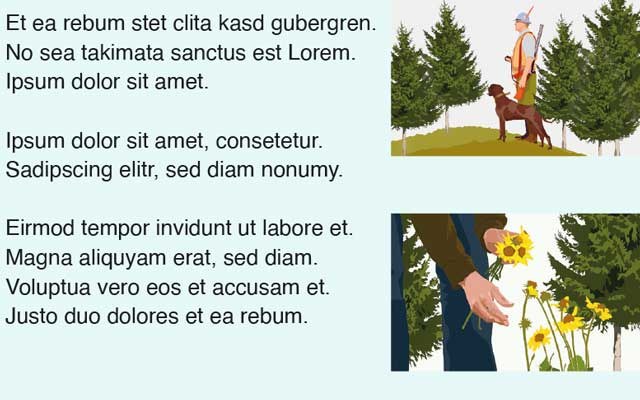Text and Image in Easy Language
As digitalization advances, images are playing an increasingly important role—especially in making multimodal communication more accessible and inclusive. The research project Text and Image in Easy Language investigates the role of images in Easy Language texts and their impact on text comprehension.
While images in Easy Language texts are intended to enhance understanding, existing recommendations on image selection and type are often vague or even contradictory. Empirical studies in this area remain scarce.
Funded by the Swiss National Science Foundation (SNSF), this research project brings together experts from applied image research (HGK Basel FHNW), social work (HSA FHNW), and computational linguistics (University of Zurich). The goal is to determine whether—and how—images support comprehension in Easy Language texts.
To systematically explore these questions, the research team analyzes text-image relationships and develops illustrations that represent different aspects of the text. These text-image relationships are then tested on various participant groups using eye-tracking technology to assess their impact on reading comprehension.
The project focuses on the following research questions:
- Do images enhance the comprehension of Easy Language texts?
- How do congruent (matching) vs. divergent (mismatched) text-image relationships affect understanding?
- Do lexical (word-level) vs. supra-lexical (paragraph-level, capturing the meaning of entire sections) text-image relationships influence comprehension differently?
- Does the placement of images (below vs. beside the text) impact understanding?
These questions are explored across three target groups: people with intellectual disabilities, individuals with pre-lingual deafness, and people with limited German proficiency. A control group without linguistic or cognitive impairments serves as a benchmark.
The project aims to refine best practices for illustrating Easy Language texts—providing valuable insights for professionals who create accessible content. The goal is to develop clear guidelines on how images should be designed to improve comprehension, contributing to more inclusive communication in society.
Beyond its practical relevance, the research also advances theoretical understanding of how images influence reading comprehension. Additionally, the study explores how generative artificial intelligence can support the creation of images for Easy Language texts, providing further insights for visual communication research.
Project data
Management and team
Simone Girard-Groeber (HSA FHNW)
Claire Reymond (HGK Basel FHNW)
Anne Parpan Blaser (HSA FHNW)
Lena Jäger (Universität Zürich)
Funding
SNF Projektförderung
Duration
1.4.25 – 30.3.29
